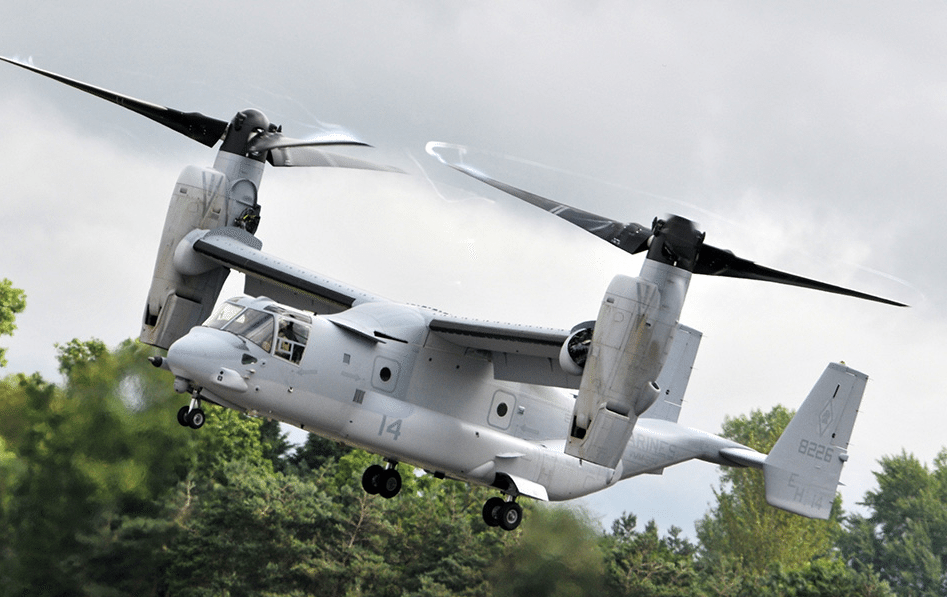PARC, a custom R&D services branch of Xerox (NYSE:XRX), has been selected by US Defense Advanced Research Projects Agency, DARPA, to develop “a new computational paradigm” that goes beyond the limitations of existing 3D design platforms.
The system will facilitate interoperability between conventional and modern means of manufacturing, and integrate all parts of the design process from planning, to performance analysis with automated problem-solving.

Increased design freedom
PARC’s project with DARPA is entitled FIELDS (Fabricating with Interoperable Engineering, pLanning, Design, and analysiS). The overall aim, according to PARC project lead Saigopal Nelaturi, is “to support the increasing freedom of manufacturing with unprecedented geometric and material complexity,” – freedoms particularly associated with 3D printing.
In order to design with manufacturing method in mind, the PARC team will examine all computer aided elements of the process; CAD, CAE & CAM (Computer aided design, engineering and manufacturing) to create a fluid user experience between each of them. FIELDS will also automatically search for design or manufacturing alternatives to meet the required specifications of a product.
Design for 3D printed metal
As explained by Ersin Uzun, vice president and director of PARC’s System Sciences Lab, FIELDS will be specifically adapted to additive manufacturing processes. He explains,
This paradigm will alleviate the burden on the designer to integrate computational and practical expertise from diverse disciplines, which is a significant bottleneck in today’s product lifecycle management systems. The framework will be adapted to specific manufacturing processes such as combined metal additive manufacturing and machining, and manufacturing with graded materials.
3D Printing Industry editor-in-chief heard more about DARPA’s advances in 3D printing research in an interview with the agency’s advanced materials and manufacturing expert Mick Maher. Speaking to Michael Petch, Maher comments on DARPA’s Open Manufacturing program to enhance the knowledge and confidence in new manufacturing technologies, particularly in the areas of Rapid Low Cost Additive Manufacturing (RLCAM) and Titanium Fabrication (tiFAB). He also touches on some of the agency’s 3D printed titanium projects with Boeing.

As previously reported on 3D Printing Industry, the agency is also invested in the development of Sigma Labs’ PrintRite3D® technology for laser based metal 3D printing and, in collaboration with GE, rumoured to be using additive manufacturing in the development of its TERN drone project.
For more of the latest news additive manufacturing sign up to the 3D Printing Industry newsletter, and follow our active social media sites.
Don’t forget to vote in the first annual 3D Printing Industry Awards.
Tickets for the 3D Printing Industry Awards are also now available here.
Featured image: DARPA robotic arm fist bump. Photo via DARPA on Facebook



